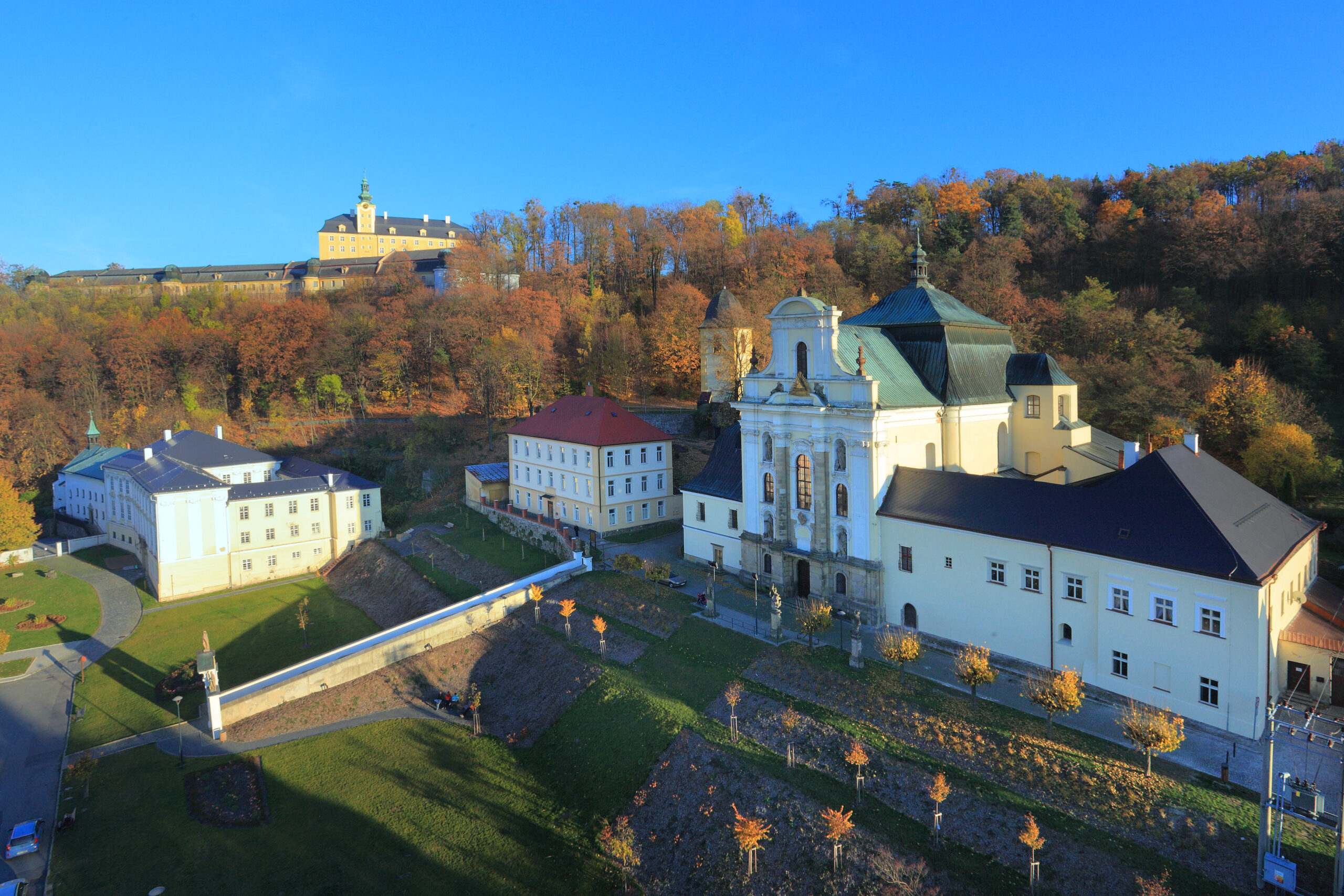The baroque gems of Fulnek
Fulnek is not just the city of the Teacher of the Nation, John Amos Comenius. It is also the pearl of the baroque architecture of Moravské Kravařsko, and, essentially, all of Moravia. Visitors can soak in the baroque atmosphere from its many buildings, as well as the statues they encounter on a stroll through the city.
The magic of the Baroque era can be admired, for instance, at the complex of the Holy Trinity Church. The church was built so solidly that it did not require any fundamental repairs. Having been spared any later reconstructions, the original Baroque appearance has survived to this day.
Another Baroque building is the Capuchin monastery in the complex of the Saint Joseph Church. This monastery from 1674 was built in the spirit of the strict monastic community and Franciscan poverty. The cells in which the monks lived were of minimalistic proportions, and the churches were built without towers. During the Second World War, the monastery was taken over by the German army, but after the war, the monks returned to live here. It was not until the 1950s that the Capuchin monastery complex was seized by the national security agency and the monks were forced into internment. Nuns from a number of different convents lived here for a while, but later the complex became used as storage for furniture and then vegetables. And it began to deteriorate. Today, the monastery is open to the public, and its permanent exhibit presents its troubled history. The complex also includes the Ss Roch and Sebastian cemetery chapel.
Even the fountain of John Sarkander on Náměstí Jana Amose Komenského Square cannot deny its baroque roots, similarly to Knurr Palace situated in the square’s corner. Another baroque building, nicknamed Vila Loreta, houses a children’s home.
Contact
MIC Fulnek
Sborová 81
742 45 Fulnek
E-mail: mic@fulnek.cz
Web: https://www.ic-fulnek.cz
Tel.: +420 556 713 713

